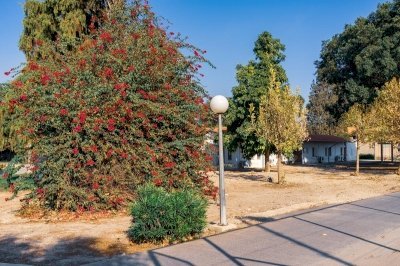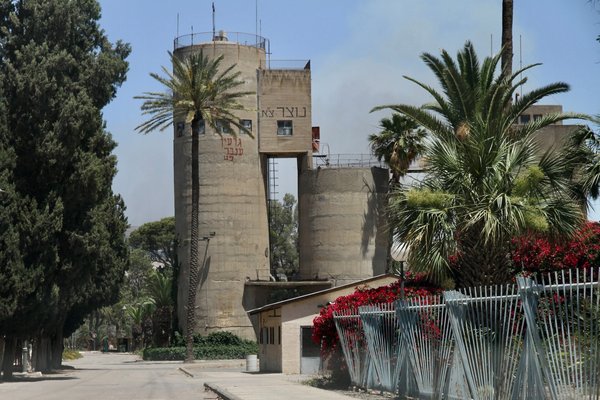Israel
Degania & Nahalal
Degania and Nahalal are agricultural settlements in the northern district of Israel that represent two communal settlement movements, kibbutz and moshav. A kibbutz is a collective with common property and is based on socialist and Zionist ideas. Degania was the first kibbutz, its original buildings dating back to 1910. A moshav is a community of privately owned farms, where purchasing and selling are organized on a cooperative basis. Nahalal was built in 1921 and was the first moshav. It was designed similar to a wheel, with the public buildings in the middle and the individual arable land radiating from it like spokes.
Site Info
Official Information
- Full Name
- Degania & Nahalal (ID: 1478)
- Country
- Israel
- Status
-
On tentative list 2000
Site history
History of Degania & Nahalal
- 2000: Added to Tentative List
- Added to tentative list
- Type
- Cultural
- Criteria
Links
- UNESCO
- whc.unesco.org
All Links
UNESCO.org
- whc.unesco.org — whc.unesco.org
Community Information
- Community Category
- Human activity: Urban planning
Travel Information
Recent Connections
News
No news.
Community Reviews
Show full reviews
The original moshav and the earliest kibbutz may have non-trivial meaning to students of sociology, but I can't imagine that Nahalal and/or Degania ever become a WH site. Israel's withdrawal from UNESCO a few years ago obviously puts a damper of any new Israeli sites being inscribed in the near future, but even if Israel rejoins at some point I can't see how these two villages can claim anything of OUV.
There is literally nothing to see at either. Nahalal may be a model of concentric village design, but if you drive to its center or along its main circular road, you will only see an unimpressive - and in places rather neglected - backwater rural habitation. Degania grounds are a few degrees prettier and a tiny shade livelier. But not in any sense remarkable or even reflective of its pioneering impact.
I stopped by each of them for about 15 minutes or so on my recent 2-week trip to Israel solely because I was driving by. If these were dedicated trips, I'd be mad at myself for wasting time.
Keep reading 0 comments
Israel has selected 2 communities for placement on its T List to represent the many streams of thought (religious, political and social) across the 20th Century, as to how cooperative agricultural settlements within the country should be organised. Nahalal was founded in 1921 as a “Moshav” which operated a system of communal farming whilst maintaining the individual family structure. Degania, on the other hand, was the very first Kibbutz dating back to 1909 and was founded on non-religious socialist lines with shared facilities for dining, laundry etc, children living together and wealth/income being shared. They are situated around 50kms apart with the former a few kms west of Nazareth and the latter near the south end of the Sea of Galilee.
We visited both, but, for various reasons, were not able to explore the history and the current reality in as much depth as we would have liked. Our first visit was to the “Moshav” of Nahalal. Although by no means the first Moshav (the original settlers at Degania actually moved from one at nearby Kenneret to set up their different communal approach) it is “famous” for its concentric layout (which apparently was followed by others). Admin buildings are at the centre, then living accommodation, then farm buildings followed by gardens and fields. The aerial photo in this link gives a good idea of what it looks like. http://www.nahalal.org.il/english-page/ . We drove around to make a couple of complete circuits but, as far as we could see, there was …
Keep reading 0 comments
